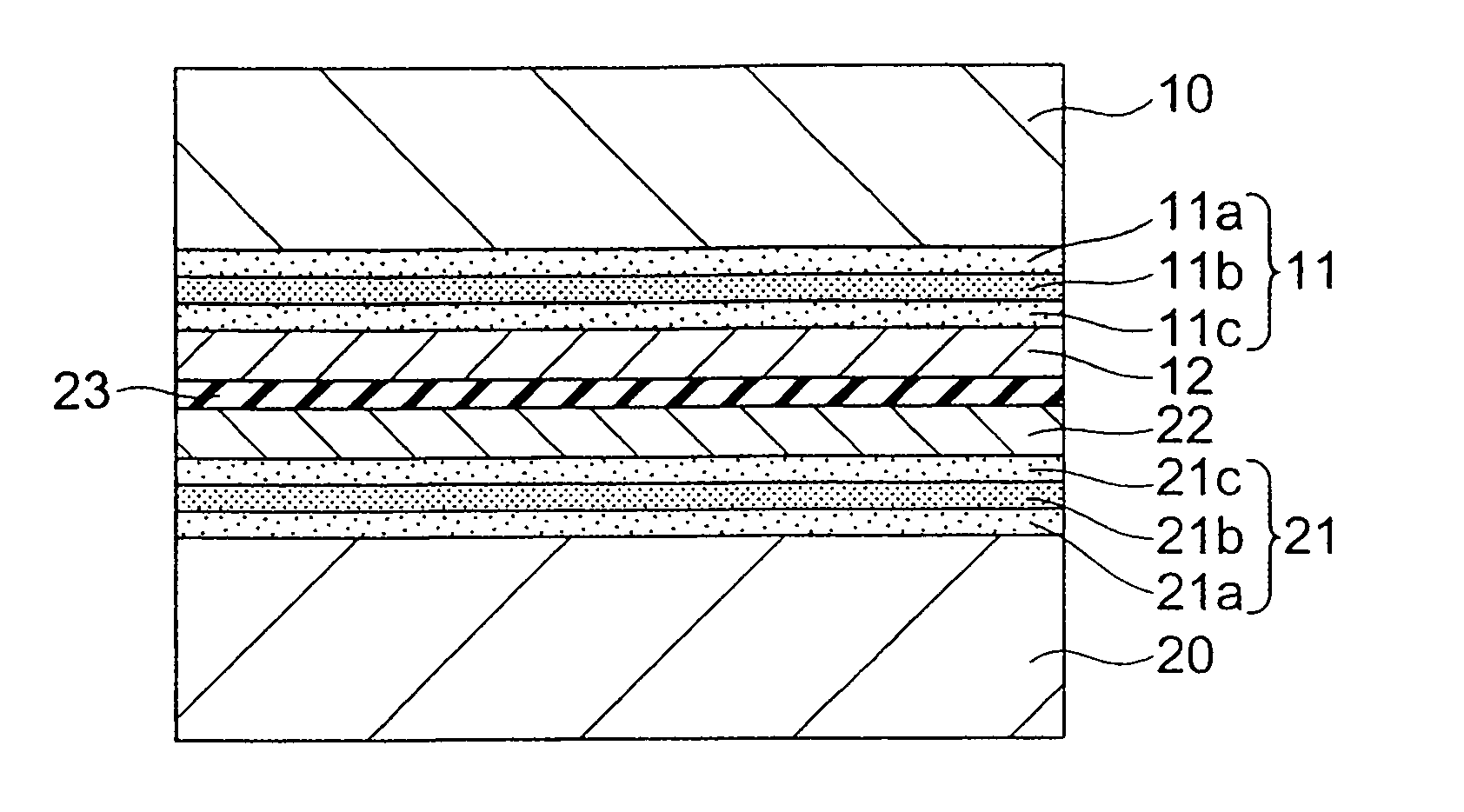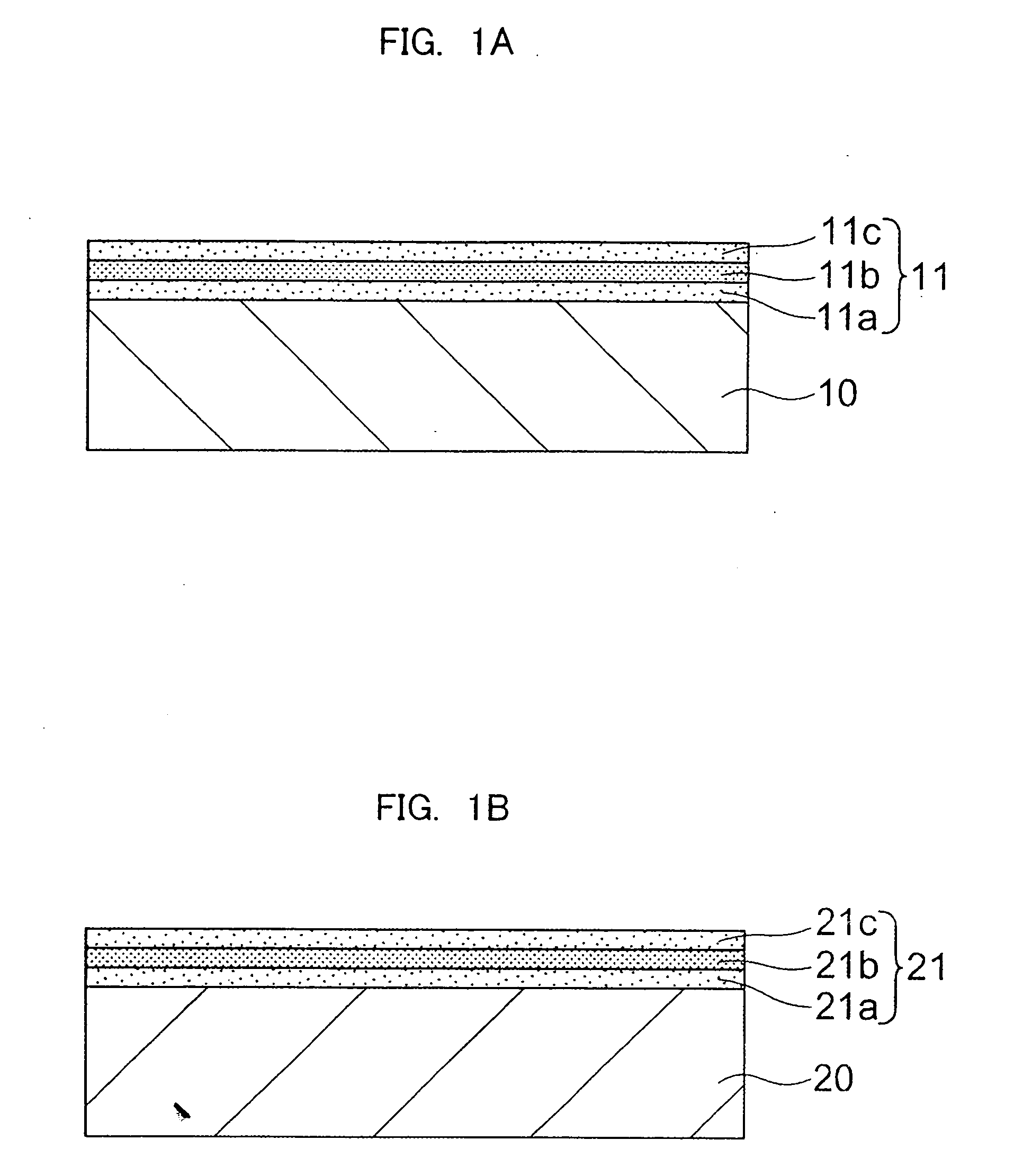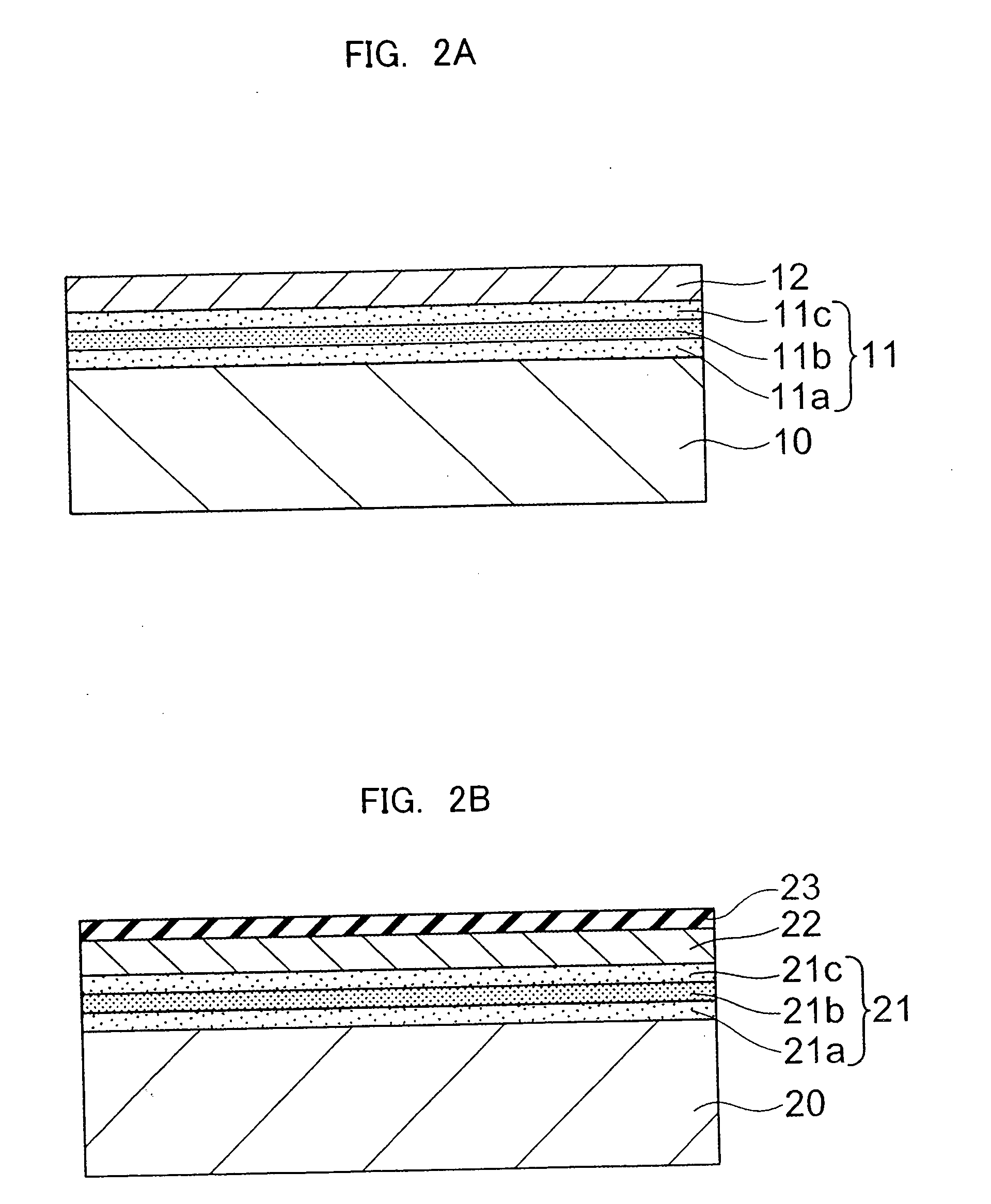Method and apparatus for producing ultra-thin semiconductor chip and method and apparatus for producing ultra-thin back-illuminated solid-state image pickup device
a pickup device and semiconductor chip technology, applied in the direction of semiconductor/solid-state device details, radiation control devices, diodes, etc., can solve the problems of increasing the noise of fixed pattern noise due to dark current, the inability to use back-illuminated, and the uneven light reception sensitivity of the ccd sensor. achieve the effect of improving yield, quality and productivity, and improving separation performan
- Summary
- Abstract
- Description
- Claims
- Application Information
AI Technical Summary
Benefits of technology
Problems solved by technology
Method used
Image
Examples
first embodiment
[0066] In the present embodiment, the explanation will be given of a method of production and production apparatus of a back-illuminated solid-state image pickup device of a single-surface resin sealed ultra-thin chip size hollow package using the double porous layer separation method (for example the method of separating a seed substrate by a first porous Si layer formed on a seed substrate and separating the support substrate by a second porous Si layer formed on the support substrate) among the methods of fabrication of new ultra-thin SOI substrates.
[0067] Step 1: Formation of Porous Layer
[0068] In this step, a porous Si layer is formed on a seed wafer (hereinafter referred to as a “seed substrate”) and a handle wafer (hereinafter referred to as a “support substrate”) by anodization. At this time, in order to facilitate separation of the seed substrate, a thickness and porosity of the high porous Si layer on the seed substrate are formed larger than those of the porous Si layer...
second embodiment
[0192] In the present embodiment, the explanation will be given of a method of production and production apparatus of a back-illuminated solid-state image pickup device of a single-surface resin sealed ultra-thin chip size hollow package using the double ion implanted layer separation method (the method of separating a seed substrate by a first ion implanted layer formed by implanting for example hydrogen atoms in the seed substrate and separating the support substrate by a second ion implanted layer formed by implanting for example hydrogen in the support substrate) among the methods of fabrication of new ultra-thin SOI substrates.
[0193] Step 1: Formation of Hydrogen Ion Implanted Layer
[0194] First, as shown in FIG. 10A, a seed substrate 10 made of p-type Si single crystal of 8 inch diameter and 800 μm thickness (resistivity of 0.01 to 0.02 Ωcm) is implanted with hydrogen ions to form an ion implanted layer 13. The depth of this ion implanted layer 13 from the seed substrate 10 i...
third embodiment
[0238] In the present embodiment, the explanation will be given of a method of production and production apparatus of a back-illuminated solid-state image pickup device of a single-surface resin sealed ultra-thin chip size hollow package using the porous layer / ion implanted layer separation method combining the porous layer separation method and ion implanted layer separation method described above (the method of separating a seed substrate by an ion implanted layer formed by implanting hydrogen atoms in the seed substrate and separating the support substrate by a porous Si layer formed on the support substrate) among the methods of fabrication of new ultra-thin SOI substrates.
[0239] Step 1: Formation of Hydrogen Ion Implanted Layer
[0240] First, in the same way as in the second embodiment, as shown in FIG. 15A, a seed substrate 10 made of p-type Si single crystal of 8 inch diameter and 800 μm thickness (resistivity of 0.01 to 0.02 Ωcm) is implanted with hydrogen ions to form an io...
PUM
 Login to View More
Login to View More Abstract
Description
Claims
Application Information
 Login to View More
Login to View More - R&D
- Intellectual Property
- Life Sciences
- Materials
- Tech Scout
- Unparalleled Data Quality
- Higher Quality Content
- 60% Fewer Hallucinations
Browse by: Latest US Patents, China's latest patents, Technical Efficacy Thesaurus, Application Domain, Technology Topic, Popular Technical Reports.
© 2025 PatSnap. All rights reserved.Legal|Privacy policy|Modern Slavery Act Transparency Statement|Sitemap|About US| Contact US: help@patsnap.com



